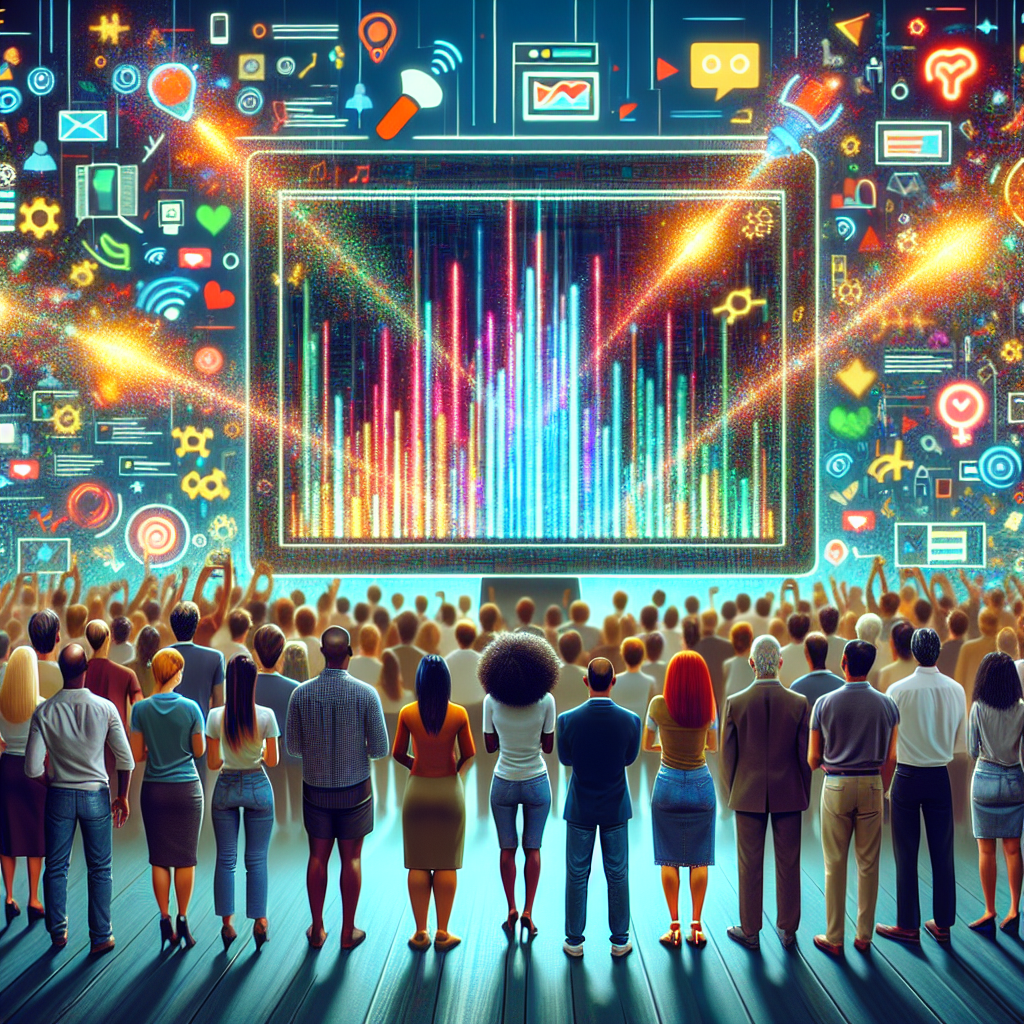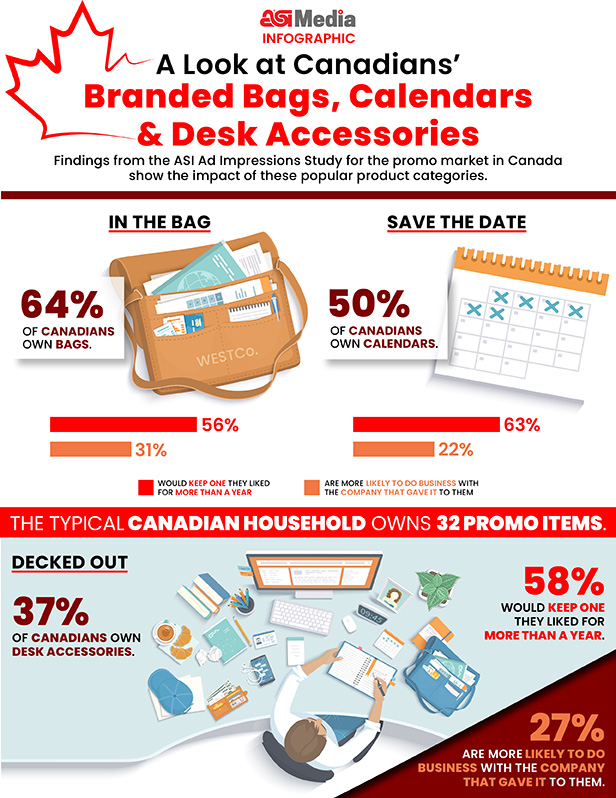Unlock the mystery of ad impressions and discover how this crucial metric impacts the success of your marketing campaigns.

Image courtesy of via DALL-E 3
Table of Contents
Introduction to Ad Impressions
Have you ever wondered how those ads magically pop up on your favorite websites? Well, they’re not magic at all! In the world of online ads and digital marketing, everything is carefully planned and tracked, including something called ad impressions.
What are Ad Impressions?
Ad impressions are like little markers that count how many times an ad appears on your screen. Every time a webpage loads and you see an ad, that’s counted as one ad impression. It’s a way for businesses to know how many people have the chance to see their ads.
Why are Ad Impressions Important?
Imagine you’re throwing a big party and want to know how many guests showed up. Ad impressions work the same way for businesses. By counting these impressions, they can figure out how many people saw their ads. It helps them know if their ad campaign is reaching the right audience.
How Ad Impressions Work
Have you ever noticed those little boxes or banners that pop up when you’re browsing a website? Those are ads! Ad impressions happen every time one of those ads shows up on your screen. So, if you visit a website with an ad on it, that’s one ad impression.
Tracking Impressions
Now, you might be wondering, how do we know how many times an ad appears on a screen? Well, clever technology helps track each and every impression. Every time a webpage loads, the ad on it is counted as an impression. This information is then stored and can be used by businesses to see how well their ads are doing.
Types of Ad Impressions
Viewable impressions are a type of ad impression that indicates the ad was actually seen by someone. Imagine you are walking down the street and notice a billboard – that’s like a viewable impression in the online world. It means the ad was in view on the screen long enough for someone to potentially notice it.

Image courtesy of whattheythink.com via Google Images
Non-viewable Impressions
On the other hand, non-viewable impressions are when the ad was loaded on a screen but not actually seen by viewers. It’s like if a tree falls in the forest and no one is around to hear it – the ad was there, but no one laid eyes on it. This type of impression is important to track because it helps businesses understand how visible their ads truly are.
Understanding the difference between viewable and non-viewable impressions can help businesses fine-tune their ad placements to ensure they are being seen by the right audience.
Ad Impressions vs. Clicks
When it comes to online ads, understanding the difference between ad impressions and clicks is essential for businesses looking to gauge the success of their advertising campaigns. Let’s break down these two metrics to see how they vary.
What are Clicks?
Clicks are a measure of engagement in online advertising. They occur when a user interacts with an ad by clicking on it. This action typically leads the user to the advertiser’s website or landing page, where they can learn more about the product or service being promoted.
Comparing Impressions to Clicks
Ad impressions, on the other hand, represent the number of times an ad is displayed on a screen. Each time an ad loads and appears on a user’s screen, it counts as one impression. Impressions show how many people have seen the ad, providing insight into the reach of the advertisement.
Clicks, on the other hand, go a step further by indicating not just visibility but active engagement. When a user clicks on an ad, it demonstrates a higher level of interest and interaction with the content. Click-through rates can help measure the effectiveness of an ad in capturing the attention and interest of the audience.
Understanding the distinction between ad impressions and clicks can help businesses evaluate the performance of their online advertising efforts more accurately. While impressions indicate visibility, clicks reflect user engagement and interest in the ad content.
Benefits of Measuring Ad Impressions
Measuring ad impressions can offer several benefits to advertisers and businesses looking to make the most of their digital marketing efforts. Let’s explore why keeping track of ad impressions is crucial for success.

Image courtesy of members.asicentral.com via Google Images
Understanding Reach
One of the key benefits of measuring ad impressions is gaining a better understanding of reach. Ad impressions help businesses know how many people are seeing their ads. By tracking impressions, companies can evaluate the effectiveness of their advertising campaigns and determine the number of potential customers exposed to their messaging.
Improving Ad Placement
Measuring ad impressions also aids in determining the best placement for advertisements. By analyzing impression data, businesses can identify which ad placements generate the most views and engagement. This information allows companies to optimize their ad placement strategies, ensuring that their ads are seen by the right audience at the right time.
Challenges with Ad Impressions
When it comes to measuring ad impressions, businesses may encounter several challenges that can impact the accuracy of their data. Let’s explore some common obstacles faced in the world of online advertising.
Counting Errors
One of the challenges with ad impressions is the potential for counting errors. These errors can occur when impressions are accidentally double-counted, leading to inflated numbers that do not accurately reflect the true reach of an ad campaign. It’s important for businesses to monitor and address any discrepancies in their impression counts to ensure they are making data-driven decisions.
Ad Blockers
Another significant challenge businesses face with ad impressions is the prevalence of ad blockers. Ad blockers are software programs that prevent ads from loading on web pages, which can significantly impact impression counts. When ads are not displayed due to ad blockers, businesses miss out on potential opportunities to reach their target audience and accurately measure the success of their ad campaigns. Adapting strategies to address the rise of ad blockers is crucial for businesses looking to maximize their online advertising efforts.
Tools for Measuring Ad Impressions
When it comes to measuring ad impressions, there are several tools available to help businesses track and analyze the reach of their online ads. These tools play a crucial role in understanding the effectiveness of ad campaigns and making informed decisions about future advertising strategies.

Image courtesy of keyhole.co via Google Images
Google Analytics
One of the most popular tools for measuring ad impressions is Google Analytics. This powerful platform allows businesses to track not only how many times their ads are viewed but also provides detailed insights into audience demographics, behavior, and engagement metrics. By integrating Google Analytics with their ad campaigns, businesses can gain valuable information on the performance of their ads and make data-driven decisions to optimize their marketing efforts.
Other Tracking Tools
In addition to Google Analytics, there are other tracking tools that businesses can use to measure ad impressions effectively. Platforms like Facebook Insights provide in-depth analytics on how ads are performing on the social media giant’s platform. AdRoll is another popular tool that offers sophisticated targeting and tracking capabilities to help businesses reach the right audience and measure the impact of their ad campaigns.
Future of Ad Impressions
As technology continues to advance at a rapid pace, the future of ad impressions in digital advertising looks promising. Let’s delve into some potential trends and improvements that could revolutionize how ad impressions are measured and utilized.
Technological Advances
In the coming years, we can expect to see significant advancements in the technology used to measure ad impressions. This could involve the development of more sophisticated algorithms and tracking systems that provide businesses with even more accurate data on how their ads are being viewed. Additionally, AI and machine learning may play a bigger role in analyzing ad impressions, allowing advertisers to target their campaigns more effectively based on real-time data.
Adaptive Advertising
One intriguing possibility for the future of ad impressions is the concept of adaptive advertising. Imagine ads that can dynamically change based on the viewer’s behavior or preferences, increasing the likelihood of capturing their attention. By leveraging data analytics and user insights, advertisers may be able to create personalized ad experiences that resonate with their target audience, leading to higher impression rates and engagement.
With these exciting developments on the horizon, the future of ad impressions is poised to empower businesses with even greater insights into their digital marketing efforts, driving better results and customer connections.
Conclusion
Ad impressions play a vital role in the world of online ads and digital marketing. They are the backbone of understanding how many people see an ad when it loads on a screen. By counting these impressions, businesses can measure the success of their ad campaigns and make informed decisions about their advertising strategies.

Image courtesy of theonlineadvertisingguide.com via Google Images
Throughout this article, we’ve explored what ad impressions are, how they work, different types of impressions, and the importance of measuring them. We’ve also delved into the differences between ad impressions and clicks, the benefits of measuring impressions, common challenges faced in tracking impressions, tools for measurement, and speculated on the future of ad impressions in digital advertising.
As we reflect on the significance of ad impressions, it’s clear that they are essential for businesses to gauge the visibility and impact of their online ads. By understanding the reach of their ads and improving ad placement based on impression data, businesses can optimize their marketing efforts for better results.
In conclusion, ad impressions are not just numbers but valuable insights that shape the way businesses connect with their target audience in the digital landscape. Keep exploring and learning about ad impressions to stay ahead in the dynamic world of digital marketing!
Want to turn these SEO insights into real results? Seorocket is an all-in-one AI SEO solution that uses the power of AI to analyze your competition and craft high-ranking content.
Seorocket offers a suite of powerful tools, including a Keyword Researcher to find the most profitable keywords, an AI Writer to generate unique and Google-friendly content, and an Automatic Publisher to schedule and publish your content directly to your website. Plus, you’ll get real-time performance tracking so you can see exactly what’s working and make adjustments as needed.
Stop just reading about SEO – take action with Seorocket and skyrocket your search rankings today. Sign up for a free trial and see the difference Seorocket can make for your website!
Frequently Asked Questions (FAQs)
How are Ad Impressions Different from Page Views?
Ad impressions and page views are two different things even though they might seem similar. Ad impressions refer to the number of times an ad is displayed on a screen, regardless of whether someone interacts with it or not. On the other hand, page views just indicate the number of times a webpage has been visited, without specifically focusing on ads. So, while a page view counts every time a page is loaded, an ad impression only counts when an ad is displayed on that page.
Why Don’t All Impressions Result in Clicks?
Not all ad impressions lead to clicks because clicking on an ad is a voluntary action taken by a user. People may see an ad but choose not to click on it for various reasons, such as not being interested in the product or service being advertised. Therefore, it’s crucial for ads to be relevant, attractive, and targeted to the right audience to increase the likelihood of generating clicks. A well-designed and captivating ad is more likely to catch the viewer’s attention and prompt them to take action by clicking on it.







